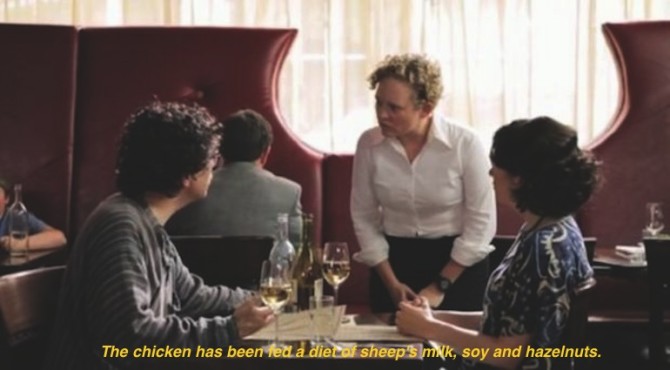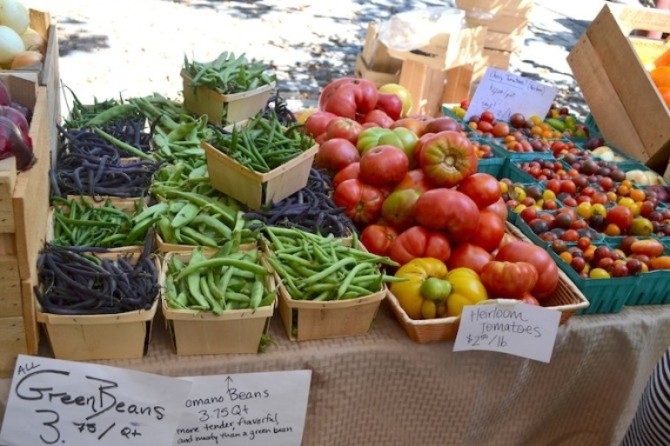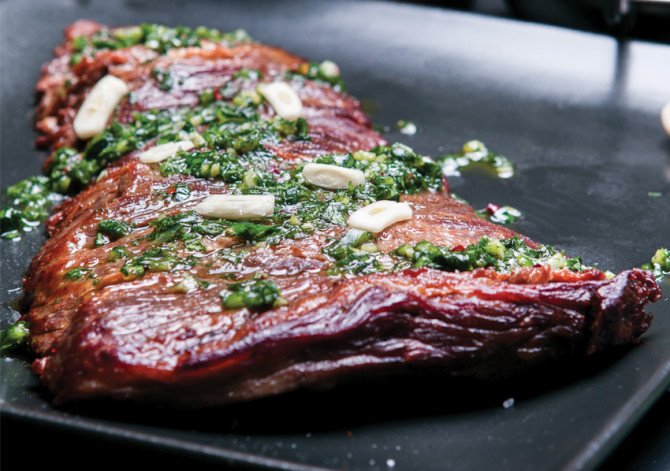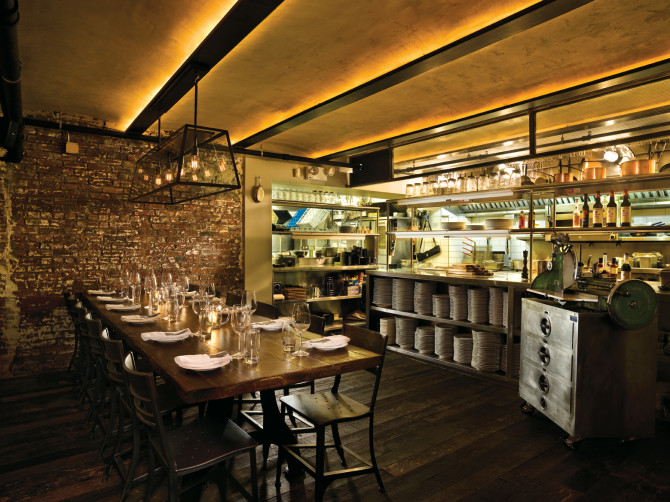There’s no denying we’re a generation that likes to know everything about everything, and food is no exception. We want to know how our food is made and what exactly is going into our bodies (rightfully so, because there are some nasty ingredients out there). But no longer are simple ingredient lists good enough for us. We want to know the life story about that chicken you’re about to take down.

Photo courtesy of memegenerator.net
And that’s how the farm-to-table movement (also called farm-to-fork, but we at Spoon University don’t support such inferior utensils) started roughly two decades ago. It began as a movement which aimed to bring people closer to the food they eat by growing and delivering products only to local consumers.

Photo by Amanda Shulman
But like most things that start out well-intentioned, it has been tainted by capitalistic restaurateurs who use the term as a marketing ploy for us health and eco-minded consumers.
The problem with FTT is that there is no legit definition out there from a veritable source. And no, I’m not considering Wikipedia to be one *gasps*. This means there are no concrete guidelines or requirements to determine what food can or can’t be considered “farm-to-table.” That’s probably part of the reason why you hear it everywhere.
Restaurants and companies have overused the term and transformed it into yet another obscure buzzword like all the other supermarket jargon you hear but don’t know much about. Think: “naturally flavored” and “responsibly grown.”

Gif courtesy of tumblr.com
I recently went to a cooking class taught by Geoffrey Zakarian (i.e. pretty much the best day of my life). I asked for his thoughts on the popularity of the farm-to-table movement. In response he threw his dish towel across the counter in frustration before going on a tirade about how farm-to-table is BS because, regardless of the end product, chances are your meat and produce came from…wait for it…a farm.
His comment may seem straightforward, but it’s actually pretty true. Most farm-to-table restaurants are in cities and suburban areas, meaning the food is still being transported from a farm somewhere. And while obviously it would be best to source everything as locally as possible, the proximity of the farm to the restaurant doesn’t necessarily attest to the quality of the products coming from it.
If you had the choice of getting a really great steak from 300 miles away versus a mediocre one from 15, most people are gonna go with the traveling bovine. Sorry, Mother Earth.

Photo by Daniel Schuleman
This leads to my next point: some chefs now take farm-to-table so seriously that they let it become the star of the show, leaving the chef to seem less important in a restaurant than the farmer who grew the food. Makes sense, right?
Some restaurants don’t even bother to add descriptions to the dishes, but rather list where each element of the dish was sourced. Don’t get me wrong, I like my hormone-free chicken from Hudson Valley that enjoyed kale smoothies and hot yoga in its spare time just as much as the next guy, but I also kinda want to know how the chef is cooking that sucker come mealtime.
I really do appreciate these chefs’ dedication to sustainability. However, if I’m going to pay a premium for a meal made with seasonal and local ingredients, I expect the preparation to be top notch. After all, you eat out at nice restaurants to try dishes that are equally unique and delicious, right? If that’s not the case, I’ll happily check out the myriad farms listed on the menu to buy and cook the products myself, but for wayyy cheaper.

Gif courtesy of giphy.com
Also as mentioned, most FTT restaurants are located in cities, yet an overwhelming number of these places seem to have been designed by the same farmer-turned-architect. Despite the urban setting almost every single FTT place goes for the “rustic chic” design by covering the entire place in more wood than is environmentally-friendly detailed with some exposed brickwork, hanging plants and wrought iron finishes throughout.
This just goes to show that the whole farm-to-table scene is, in fact, a facade to lure customers.

Photo courtesy of uniquehomes.com
Overall farm-to-table has its perks. You’ll probably get a really tasty meal at one of these establishments; however, don’t let this term be the guiding light for you when choosing a meal out. Also, try to search for places where the actual food and preparation are the stars. Restaurants are where the chefs should shine, not the farmers.
The real problem with farm-to-table, though, lies within the American food system. Eating farm-to-table style – as most countries around the world do – should be the norm, not an overused business tactic reserved for the wealthy.



